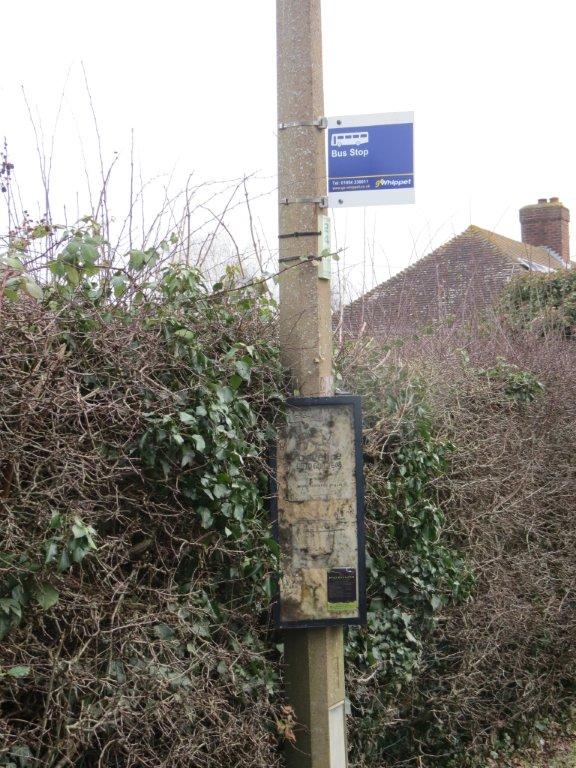The Poor State of Haslingfield Bus Stops
As the Cambridgeshire County Council process of withdrawing rural bus subsidies progresses, Steve Edmondson has taken a closer look at the timetables and the provision of bus stops in Haslingfield.
The village road is circular so our buses, the 75, 27 and 15 take different routes. There are nine stopping places in all, with the general rule being one bus stop sign serving both sides of the road. Two stopping points, both central village sites, have no sign at all. The remaining signs vary in condition, from adequate with new Whippet flags and recent timetables, to poor, with shabby flags and illegible timetables. Timetables are inaccurate in places, the Post Office mentioned closed over two years ago. There are two waiting shelters; one, the better of the two, is no longer on a bus route, and the other is positioned about 100 meters from where the bus stops. None of the signs indicate the destination or direction of buses, and about half have no safe place to stand whilst waiting.
This collection of rather sad bus stops and poor presentation suggests a history of neglect by the Council of this vital rural facility. Whippet must be commended for recently renewing some signs and timetables, but for many years nothing has been done to keep the bus service up to date and in keeping with modern travel requirements. In Haslingfield at least, the complicated routes make it difficult to decipher the official timetables and new users are inevitably discouraged, especially as waiting for a bus often means standing for a long time at the edge of the road with no shelter from the weather. Add the uncertainty about which direction that a bus will approach and where to stand whilst waiting, it is easy to see why buses are not popular. As a consequence passenger numbers have steadily declined enabling the council to claim that it is no longer able to subsidise the route.
Unfortunately, rural bus users are not, by nature, a vocal bunch, and in the recent past have simply accepted the cuts and the restriction on their lives which result. If rural buses had been properly funded, enthusiastically promoted and effectively marketed they would not be in the sorry state they are now. Decent shelters, clear, unambiguous route and departure information should be a minimum requirement. A well used and attractive bus service would also be helping to keep commuter traffic to acceptable levels and be a truly valuable asset to local communities.
Tags: travel



